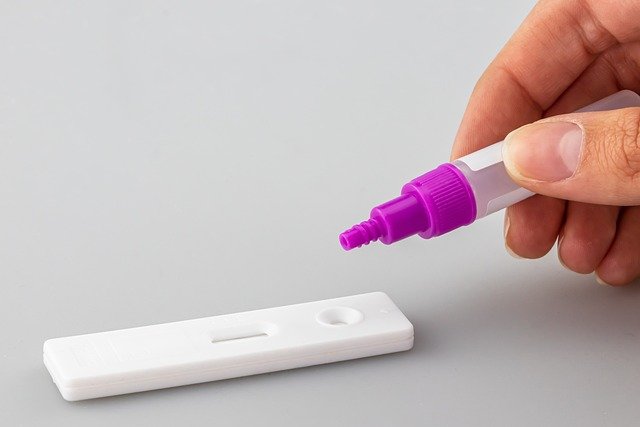Standardized assays for assessing material-host interactions
Standardized assays provide consistent methods to evaluate how implants and biomaterials interact with biological systems. This article outlines common testing approaches, from cytotoxicity and hemocompatibility to sterilization effects and regulatory validation, to support clearer interpretation of compatibility, integration, and material stability.

Materials intended for medical use must be tested against repeatable, standardized protocols to predict how they behave in contact with host tissues and fluids. Standardized assays reduce variability between laboratories and help manufacturers, regulators, and clinicians compare results across polymers, ceramics, metals, and coated surfaces. This article summarizes core assay families used to assess cytotoxicity, hemocompatibility, inflammation, integration potential, sterilization impact, and regulatory validation pathways, emphasizing practical considerations for interpreting results.
How is cytotoxicity measured for implants?
Cytotoxicity assays are a first-line screen to detect direct toxic effects of a material or its leachables on cultured cells. Common standardized methods use extracts of the material or direct contact with cell monolayers, measuring endpoints such as metabolic activity, membrane integrity, or cell proliferation. Results are typically quantitative and classified against control materials. For implant development, cytotoxicity testing helps identify problematic formulations early, guides material selection among polymers, ceramics, or metals, and informs subsequent in vitro and in vivo testing strategies.
What assays assess hemocompatibility and inflammation?
Hemocompatibility testing evaluates interactions between materials and blood components, including coagulation, platelet activation, complement activation, and hemolysis. Standard assays measure thrombus formation propensity, clotting times, and inflammatory marker release. In parallel, inflammation-related testing examines cytokine production and immune cell responses to materials or coatings. These assays are especially important for vascular implants and devices with blood contact, and they inform choices for surface treatments or coatings that aim to reduce thrombosis and inflammatory signaling.
How does sterilization affect material testing?
Sterilization can alter material properties and the outcome of compatibility assays. Methods such as steam, ethylene oxide, gamma irradiation, and electron-beam may change polymer crosslinking, ceramic microstructure, or metal surface chemistry, and they may introduce residues that affect cytotoxicity or hemocompatibility. Standard testing workflows therefore specify evaluating both as-manufactured and post-sterilization samples. Reporting the sterilization method and verifying stability after sterilization are essential for reliable interpretation of assay data and for downstream regulatory submissions.
How are polymers, ceramics, and metals evaluated?
Different material classes present distinct challenges for standardized testing. Polymers may leach additives or monomers; ceramics can release ions or particulates; metals may corrode and generate ions. Assays must be selected and adapted accordingly: extract-based cytotoxicity for polymers, particle and ion-release assessments for ceramics and metals, and surface characterization to correlate composition with biological outcomes. Combining chemical analysis, in vitro assays, and targeted in vivo models yields a more complete picture of biocompatibility across material types.
How do coatings influence integration and stability?
Coatings modify surface properties to improve integration or reduce adverse responses, but they also introduce new variables for testing. Coating adhesion, durability under mechanical stress, and potential for delamination are evaluated alongside biological endpoints. Integration-focused assays examine cell adhesion and signaling on coated surfaces, while stability testing looks at long-term ion release, wear debris, and maintenance of intended surface chemistry. Standardized protocols for coatings often require both mechanical and biological testing to demonstrate sustained performance in the intended environment.
What are regulatory validation steps for assays?
Regulatory validation emphasizes reproducibility, relevance, and appropriate controls. Standard methods (such as ISO or ASTM standards where applicable) provide defined protocols, acceptance criteria, and reporting formats. Validation includes assessing assay repeatability, sensitivity, and specificity, and establishing reference materials and positive/negative controls. Well-documented validation supports regulatory submissions by demonstrating that the chosen assays reliably address safety endpoints such as cytotoxicity, hemocompatibility, inflammation, integration, and long-term stability.
This article is for informational purposes only and should not be considered medical advice. Please consult a qualified healthcare professional for personalized guidance and treatment.
In summary, a layered testing strategy that combines standardized in vitro assays, material characterization, and targeted in vivo evaluations offers the most robust assessment of material-host interactions. Attention to sterilization effects, coating durability, and regulatory validation strengthens confidence in results and helps translate material innovations into clinically reliable implants and devices.






